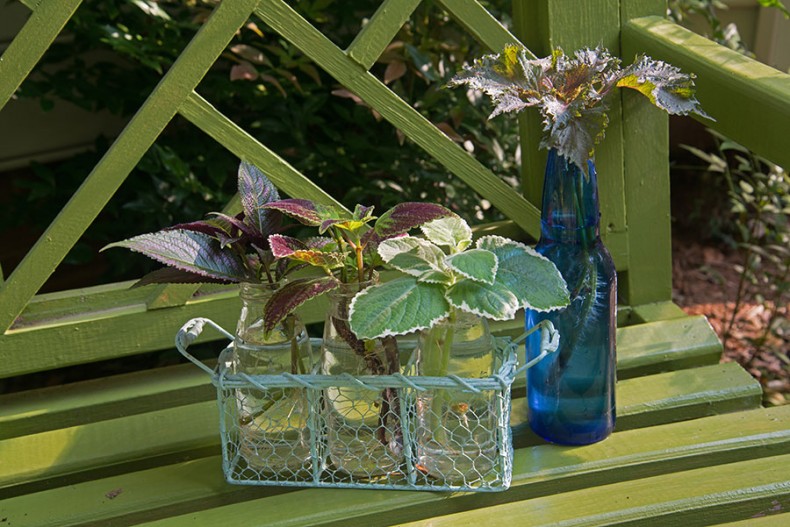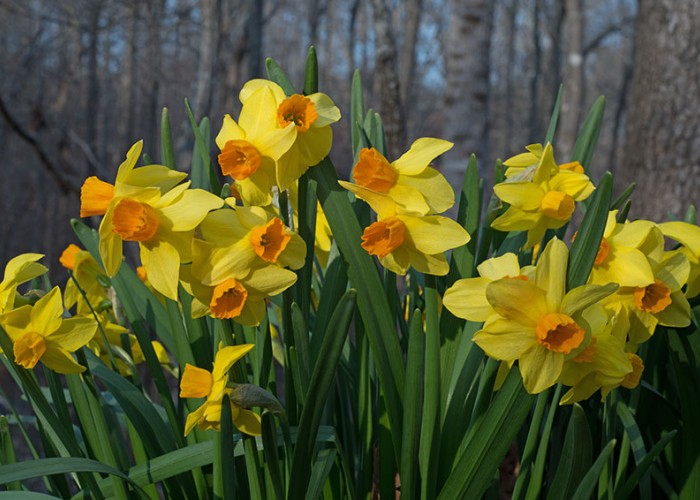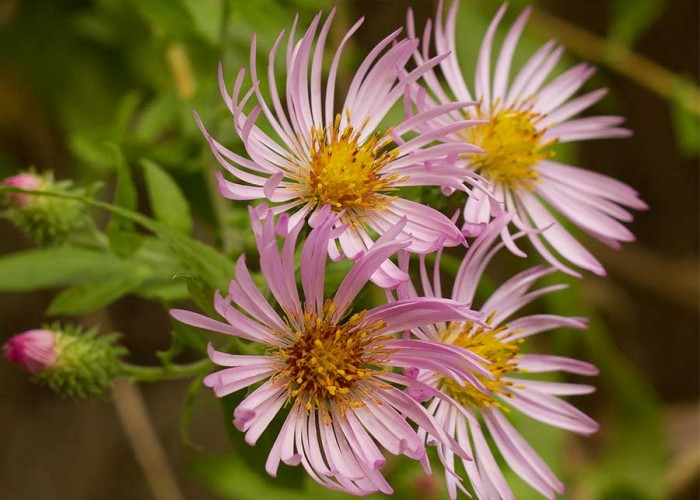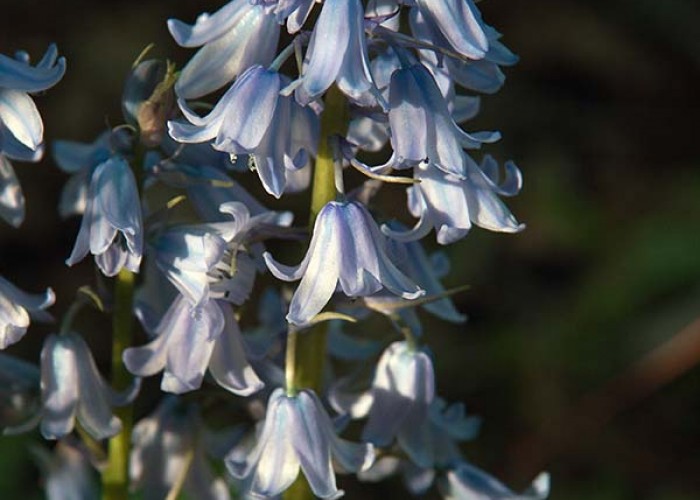Nurture Clippings Through the Winter
Plus Garden To-Do’s for October
By L.A. JacksonWater babies, left to right: Persian shield, sun coleus, Cuban oregano, purple basil.
With autumn settling in, it’s time to bid farewell to the visual pleasure of annuals and tender perennials in the summer ornamental garden, as the coming killing frosts will make such warm-season pretties all but a memory.
That’s a common notion with many gardeners, but, as for me, now is a fun time to transition from planting to propagating. Lots of garden plants that aren’t cold hardy can be reproduced by cuttings, so, this month, I patrol my beds for sassy showoffs worthy of taking clippings for rooting and then babying over the winter in order to enjoy a second round from them next spring.
Although commercial inert rooting mediums such as perlite and vermiculite are available, my first choice is water because: (1) as little as I use makes it dang near free, and (2) for many plants, it works very well.
Of the outdoor plants I have rooted in water, here are my current faves for being easy: Persian shield, sun coleus, Swedish ivy, Cuban oregano, creeping Jenny, purple heart and impatiens.
Feel free to experiment, but of the outdoor plants I have rooted in water, here are my current faves for being easy: Persian shield, sun coleus, Swedish ivy (and its close cousin, the popular Cuban oregano), creeping Jenny, purple heart and impatiens. Herb-wise, I have successfully water-propagated lemon verbena, mint and basil.
Start by taking clippings. Each should be an end branch about 3 to 5 inches long, depending on the size of the plant, with the cut being made just below a leaf joint. Strip all but the top three to four leaves, and slip the plants-to-be into small bottles of water located in a warm, brightly lit area but not in direct sunlight. Clear containers seem to work best for me, but I’ve played with tinted bottles, too, and they have also done well with water baby duty.
Change the water once every week. This keeps the gunk factor low and also adds fresh, oxygenated water to help the roots develop. Once the roots are 1 to 2 inches long (which, depending on the plant, should take about two to four weeks), gently lift the cuttings out of the water and, being just as careful, tuck these young pretties into small pots filled with quality potting soil.
While some rooted plants politely repose and wait for warming spring temperatures to spark their growth spurts, others will try to rambunctiously grow, grow, grow during the winter. These eager young’uns can be kept in check until outdoor planting time next year by tip prunings.
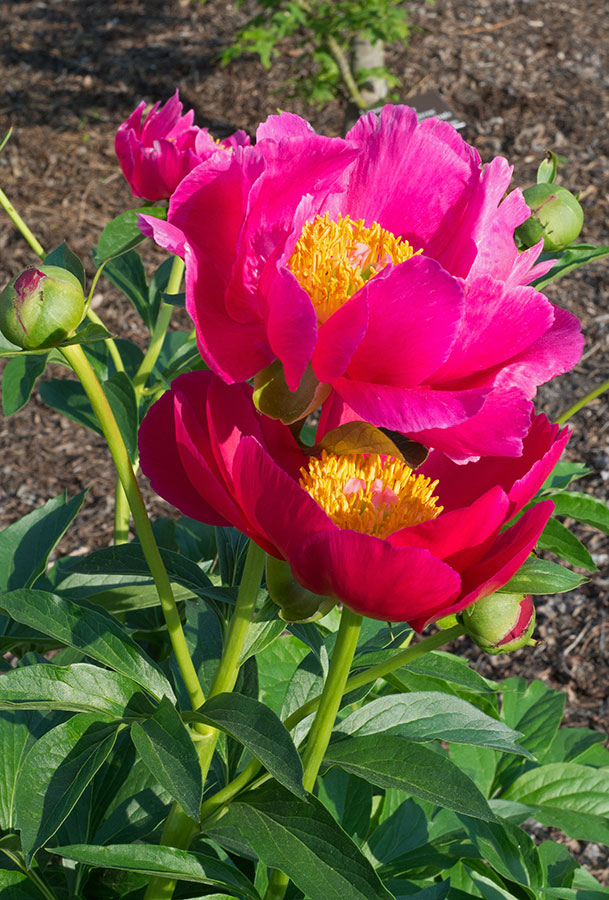
Scarlett O’Hara Peony
Garden To-Do’s for October
- Autumn is a good time to divide and transplant peonies. Wait until their leaves have been bit by the first frosts and then cut the foliage back to ground level. Carefully dig the peony clumps up, trying to save as much of the root systems as possible. For better producing divisions, make sure that each one that is cut out has at least four to five “eyes” and some portion of the roots. Keep in mind that peonies will usually not get into the full swing of flowering again until a few years after being relocated.
- Thinking about planting spring-flowering bulbs? Think big. When it comes to these bulbs, for maximum potential in performance, the bigger their size, the better their springtime flower show.
- Bagworms been bugging your arborvitaes and junipers? Insecticides are more effective when applied in the early summer, so it’s time to take a more simple, direct approach: If you see any bagworm bags dangling off branches like ugly, brown, oblong Christmas ornaments, just snip them off and toss away (do not compost).
- There are so many other colorful blooming bulbs that can light up the spring garden to complement the usual tulips, crocus and daffodils. Venture off the beaten garden path by planting beauties such as fritillaria, scilla, anemone, chionodoxa, ornithogalum, ipheion, leucojum and camassia.
-
More October gardening tips
-
Share this story:

